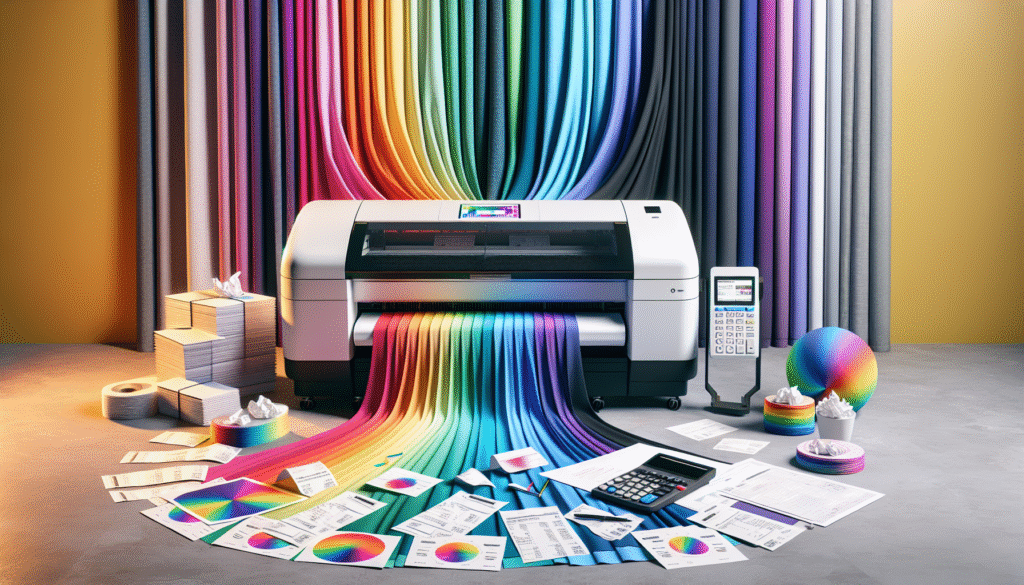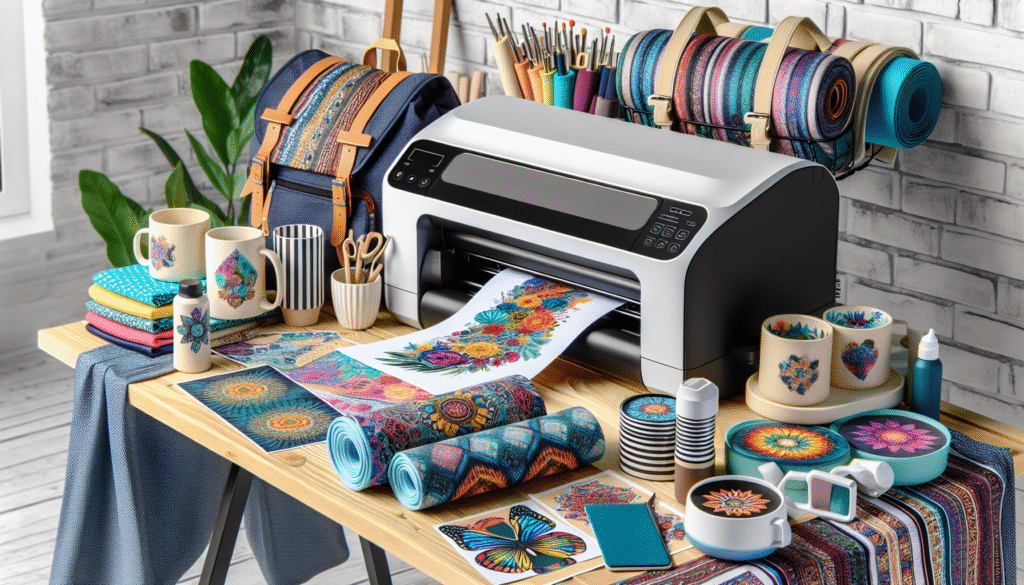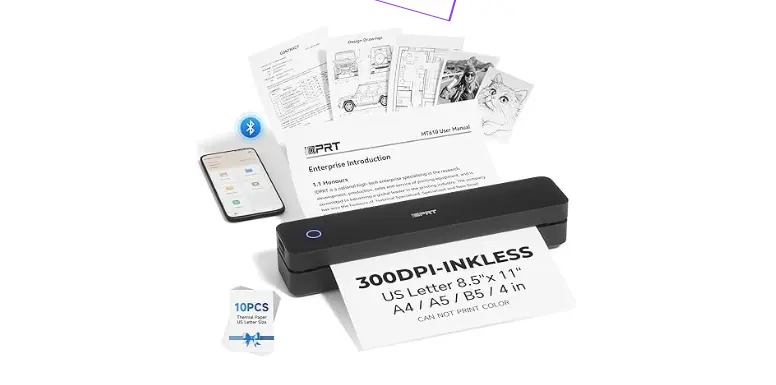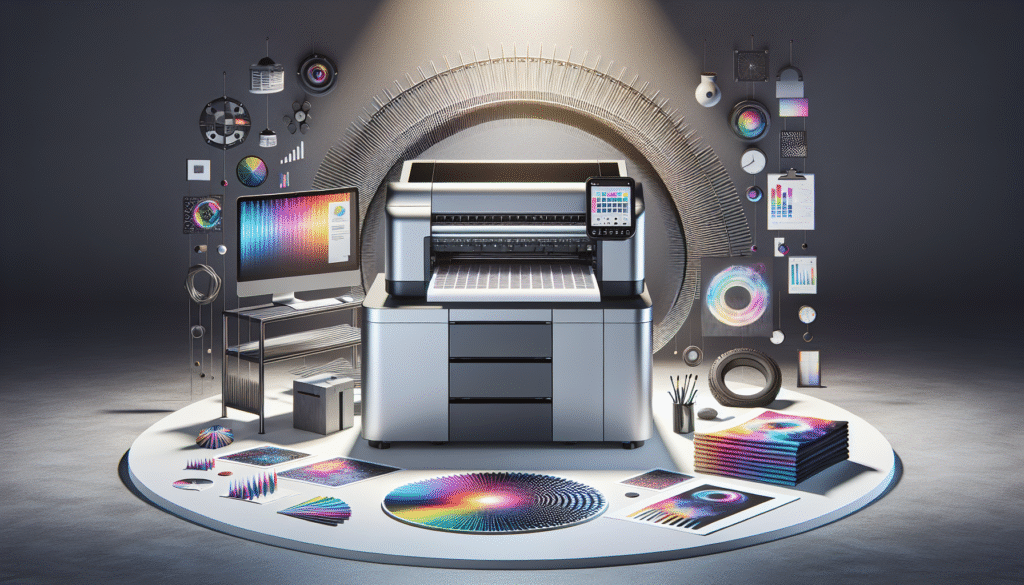Have we ever wondered why dye-sublimation printing, often praised for its vibrant results and versatility, seems to have a few hidden costs lurking beneath its vibrant surface?
Dye-sublimation printing is often celebrated as a favorite among businesses and hobbyists alike due to its ability to produce stunningly vivid prints on a range of materials. But before we get carried away by the bright colors and sharp images, it’s important to pause and consider the intricacies involved in this technology. Let’s peel back the layers and uncover some of those lesser-known expenses lurking behind each radiant print.

Introduction to Dye-Sublimation Printing
There’s something exhilarating about creating a masterpiece with technology, especially one that involves transforming dye into a gas that bonds with fabric or other materials. Dye-sublimation printing is a method that excels at this, creating high-quality, durable results. Yet, as is often the case with complex endeavors, not all costs are visible at first glance.
How Does Dye-Sublimation Printing Work?
In its essence, dye-sublimation printing is about turning solid dye into a gas, bypassing the liquid stage, and embedding it into the chosen medium. Picture it like printing magic—except, instead of rabbits and top hats, we’re using a heat press and special ink. The result? Prints that are as long-lasting as they are eye-catching. But, while the process sounds thrilling, it demands more than just initial enthusiasm.
Why the Fascination with Dye-Sublimation?
We could say the appeal lies in quality and permanence. Dye-sublimation printing produces images that are photographic in quality. These prints can withstand sunny exteriors and multiple washes without losing their charm. Naturally, vibrancy coupled with durability is irresistible! However, this allure can sometimes mask the need for sustained financial commitments.
The Technology and Its Initial Setup Cost
Let’s imagine we’re getting ready to start a printing operation. There’s a budget, excitement, and a vision of what we want to produce. It’s essential to have a reliable list of what will be needed initially—like a roadmap for our creative journey—which includes printers, inks, and paper types. It’s not just about having these items; it’s about choosing the right ones.
Investing in Quality Equipment
The very first step involves acquiring a dedicated dye-sublimation printer. Unlike the traditional inkjet printers, these require specific technology to handle the dye sublimation inks and paper. Good dye-sublimation printers range considerably in price, from a few hundred to several thousand dollars depending on size, capability, and extra features.
| Equipment | Cost Range |
|---|---|
| Dye-Sublimation Printer | $500 – $5,000+ |
| Heat Press Machine | $200 – $2,000+ |
| Quality Inks (Initial Set) | $100 – $500+ |
| Transfer Paper | $50 – $200+ |
The pursuit of top-notch printed apparel or gift items does not come cheap. The table helps illustrate the potential hit to our wallet that comes before even printing a sample.

Understanding the Hidden Consumable Costs
Once the hardware isn’t a worry anymore, consumables become the next focus. Consistent quality involves a recurring cost that might be underestimated at first glance. Let’s discuss these consumables in more depth.
The Continuous Demand for Specialty Inks
Although specialty inks are an essential for dye-sublimation, they are far from ordinary in cost. Their quality ensures they infuse into the material, resistant to wear, which can justify their price. However, being aware of how much they can add to the budget outside of initial purchase makes financial planning critical.
Paper: The Unsung Hero
Sublimation transfer paper is a specific necessity that adds to the consumable costs. Unlike regular paper, this version helps the dye bond with the fabric or surface effectively. Each print requires fresh paper, which incrementally adds up over larger production runs.
Additional Materials
In addition to paper and inks, other materials may include substrates like T-shirts, mugs, or specialized surfaces, each having their cost spectrum depending on quality and provider.
Labor and Maintenance
Moving past materials, we seriously cannot ignore the importance of labor and maintenance. After all, effectively running a dye-sublimation operation involves more than just pressing buttons.
The Skill Factor
To consistently produce quality outputs, skilled labor is needed. Employees need to be familiar with the equipment, possess an artistic understanding of color management, and manage any troubleshooting tasks. Training and potential salaries form a noteworthy component of the hidden costs.
Maintenance Rituals
Keeping printers and presses in pristine working condition ensures the production line doesn’t face unexpected downtimes. This involves regular cleaning, calibration, and servicing. Each task may sound minute, but collectively they demand both time and money.
The Cost of Producing High-Quality Prints
Maintaining high standards in production doesn’t just stop at inks and paper. Achieving that brilliant image seen on Pinterest requires attention to every detail, from the proper calibration of colors to consistent heat application.
Calibration and Color Management
To make sure colors translate perfectly to the final print, printers need to be regularly calibrated, which requires sophisticated software and sometimes expert input. The more precise we want our colors, the more we could end up spending on software and calibration tools.
Heat Press Consistency
Heat pressing the design onto the material involves achieving a specific, consistent temperature across the entire item, whether it’s a piece of clothing or a custom mug. Investing in symphonized heat presses that ensure even pressure can spare us potential re-dos from uneven prints.
The Environmental Cost
While financial costs often scream for attention, environmental impact whispers in the background—a crucial layer to consider.
Ink and Waste Management
Specialty inks have components that, if not managed properly, can lead to waste challenges. Minimizing waste involves proper storage and the right disposal techniques – each contributing, indirectly, to the overall expenditure of running a dye-sublimation operation responsibly.
Electricity Consumption
The operation uses energy, from printers to heat presses, which can create a cumulative cost on our electricity bill. The ideal advance would be seeking energy-efficient machinery or adopting sustainable practices.
Cost Efficiency and Scalability
As various aspects of dye-sublimation continue to accumulate expenses, it makes perfect sense to consider whether the operation is scalable or cost-effective at higher volumes. Can the cost per unit production decrease as we grow?
Economies of Scale
A larger operation often benefits from economies of scale, where fixed costs such as equipment can be distributed over more units, lowering the overall cost per item. However, scaling up also means scaling other hidden costs, like investment in higher capacity equipment or even larger premises.
Purchasing in Bulk
Purchasing consumables in bulk can certainly slash costs in the long run. While it may seem like a big upfront expense, per-unit costs can significantly decrease.
Conclusion: Weighing the Costs Against the Benefits
Peering behind the curtain of dye-sublimation printing reveals just how nuanced and complex this craft can be in terms of financial commitment. Yet, despite these hidden costs, the advantages are undeniable—vivid colors, durability, and versatility that can differentiate us from competitors.
Ultimately, weighing these costs against the expected benefits and aligning them with our business objectives helps determine whether dye-sublimation is a worthwhile pursuit. We can then enjoy the vibrant world of dye-sublimation, enlightened and prepared for the true investment it requires. While each layer of cost reveals further complexities, it also reaffirms our journey in mastering the art of dye-sublimation.


